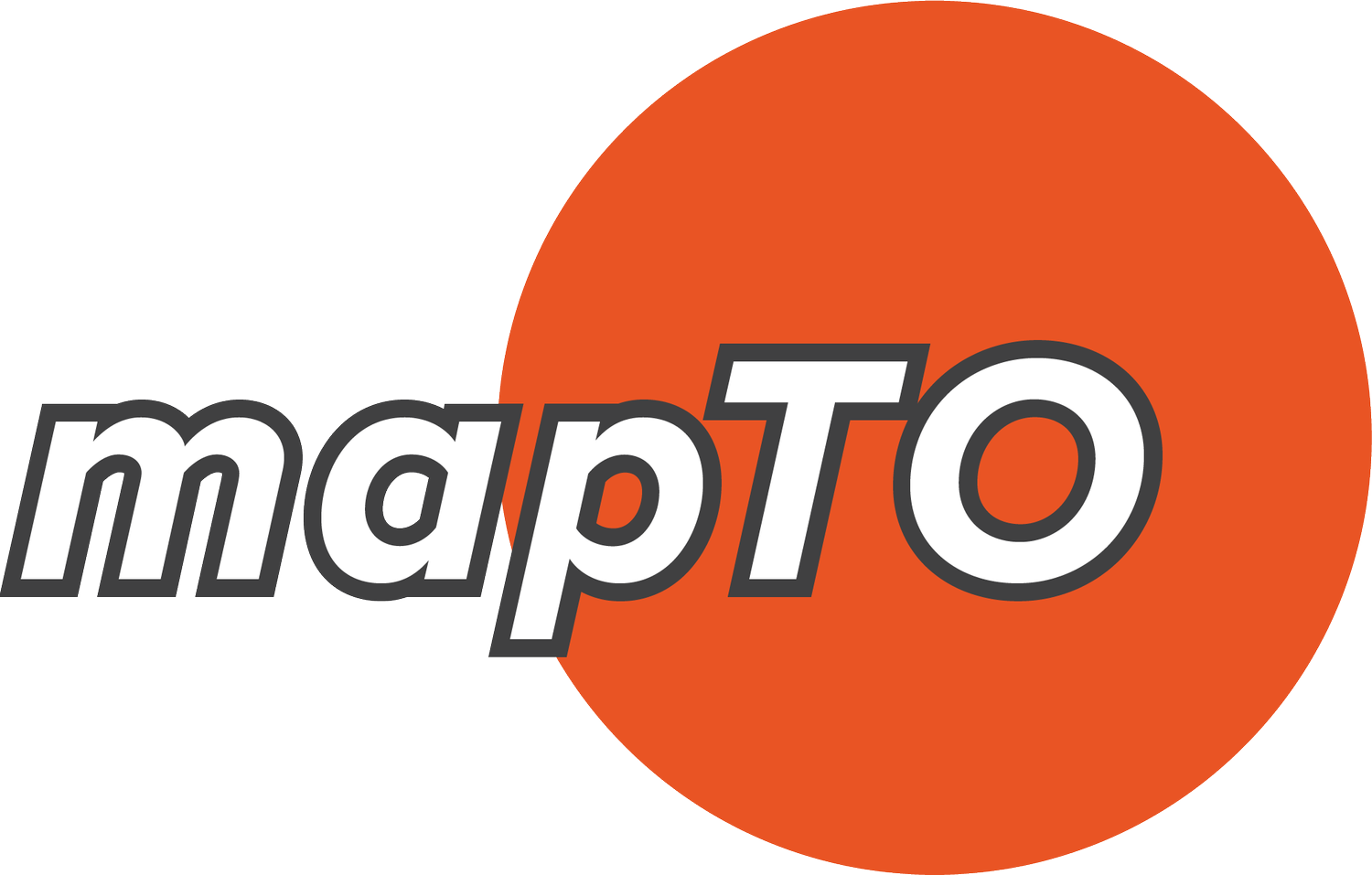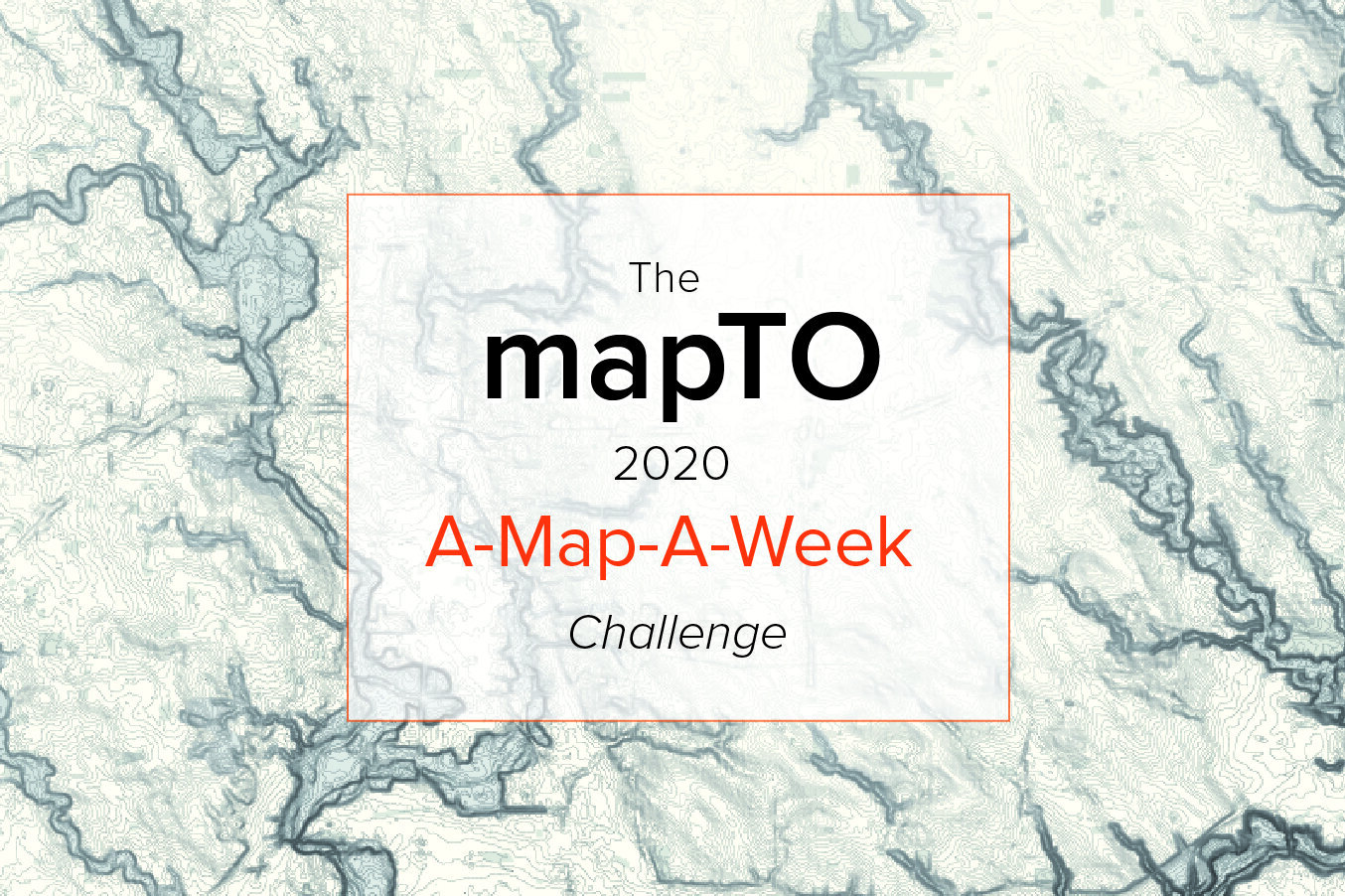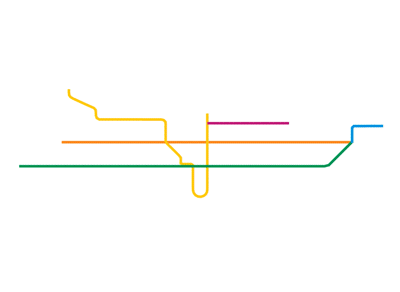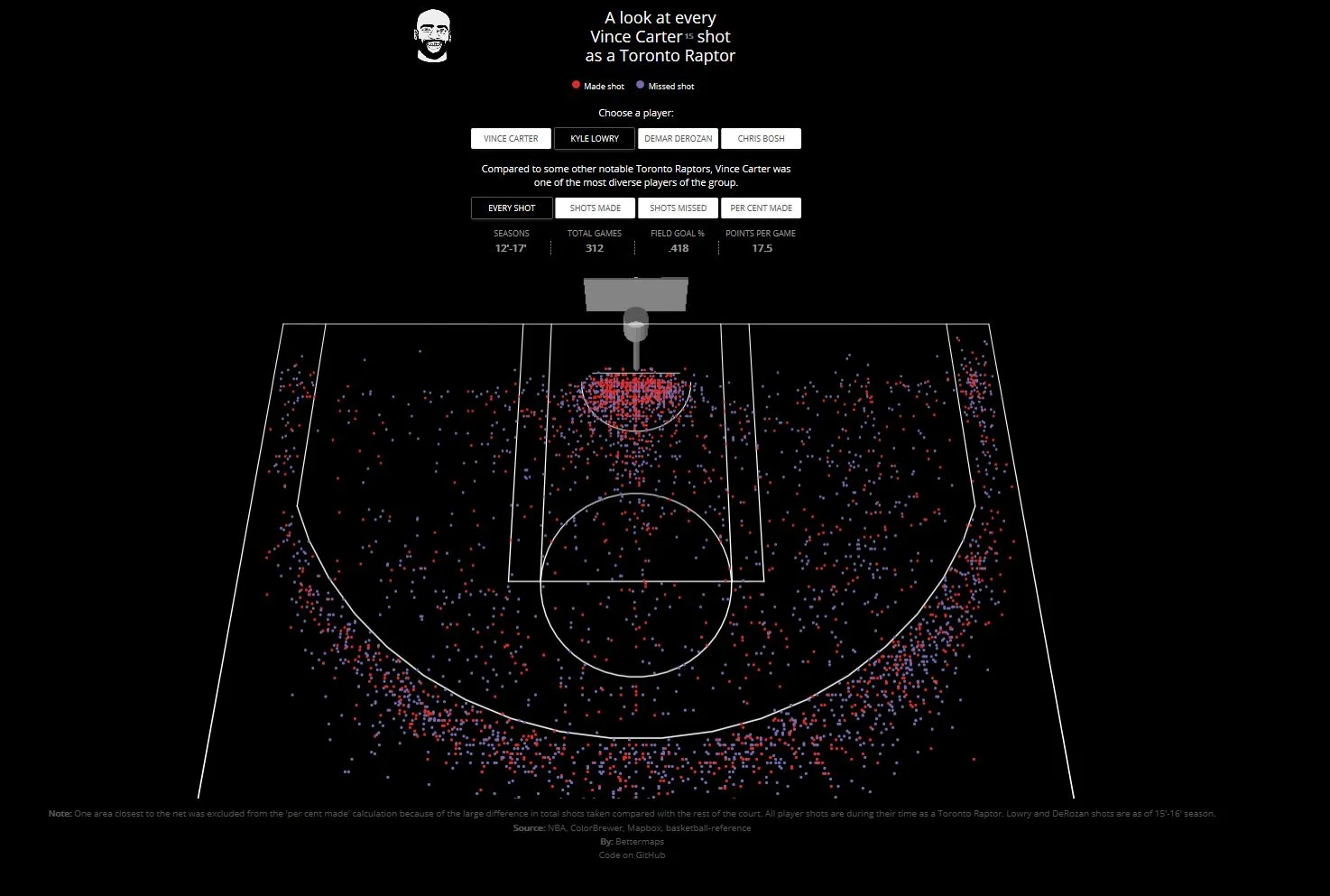mapTO is a data visualization design studio focused on cartography, infographics, web mapping and GIS. We spend our free time mapping things we find interesting about the City of Toronto.
Recent Posts
This project maps every surface parking lot within 800 metres of an MTA station and compares their land area to the housing densities New York has actually built over the past decade. While this is not a site-specific feasibility analysis, it provides a clear picture of what could be possible if policies or incentives shifted in ways that made higher-density development more viable. Even selective redevelopment of these sites could meaningfully expand the city’s future housing pipeline.
We've been publishing maps with Spacing Magazine over the last few years. We will continue to post them here.
In 1978 Toronto’s downtown had massive areas dedicated to surface parking. Over the past 40 years, real estate developers and city council have transformed these essentially vacant lots to accommodate some of Toronto’s most iconic structures,
We selected, grouped and mapped the City of Toronto street trees that produce delicious (or at least edible) fruit. The species identified accounted for 22,124 trees or 3.8% of the more than half a million trees on public streets.
Archive
Map of the highest peaks in Ontario. Created in Mapbox using Mapbox GL JS.
We make maps of Toronto. We will be posting a map a week for all of 2020. Follow along.
Over the winter we’ve had our heads down working on a project with our friends at The Local. Our role was to provide interactive mapping describing how socioeconomic differences across the city align with health outcomes. The process involved several tools including QGIS and GDAL, TippeCanoe and Mapbox GL.
Using the Ministry of Natural Resources and Forestry’s digital elevation model (DEM) we visualized the elevation across the whole province of Ontario.
Inspired by one of our favourites, Massimo Vignelli, we designed a map of rail transit in Toronto operated by the TTC (subways and streetcars)
Heavily inspired by the New York Times’ incredible A Map of Every Building in America, we have created Every Building in the Greater Toronto and Hamilton Area (GTHA).
This map is based on the City of Toronto’s Annexation Map. The City of Toronto Archives have a high quality digital version of it here.
Wikipedia has a detailed timeline of Toronto’s amalgamation and annexations between 1791 and today. This map was made possible because of Mapbox, Turf, and QGIS.
I was always curious, when looking up at the TTC's subway map, what it actually looked like. I ended up recreating it to scale one day and was surprised by the response. Since the TTC is updating the map, I thought I would take another look at it, but with some analysis this time. Using Bernhard Jenny's MapAnalyst I was able to create a deformation grid over top of the subway map.
30m digital elevation of model visualized using the three.js plugin for QGIS.
Using data provided by Great Lakes Environmental Research Laboratory, we created a map that shows the submarine topology of the Great Lakes. The map is available as a 32" x 24" print.
Using Mapbox GL to create an interactive visualization of percent change.
This map shows population density at the dissemination block level from the 2016 census. Made using Mapbox GL JS
Mapping population change from 2011 to 2016 in the Greater Golden Horseshoe using the 2016 Census
Mapping greenspace within an approximate 5 minute walk (500m) of subway stops in Toronto.
One metre contour intervals for the City of Toronto. This data set show the topography of the city in great detail. Click here to see the map and purchase a print.
The Pan Am Path used existing trail networks across several major sections of the city to form a multi-use, 80-plus km trail connecting many of Toronto’s communities. Legacy construction to improve and create new connections along the Pan Am Path will continue into 2017.
We mapped and visualized the 2014 Toronto municipal election results and visualized corresponding demographic data from the 2011 National Household Survey.



























